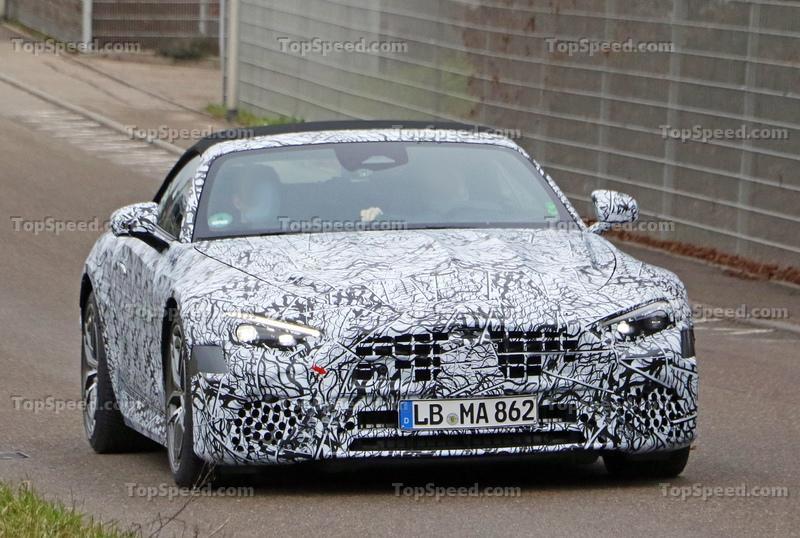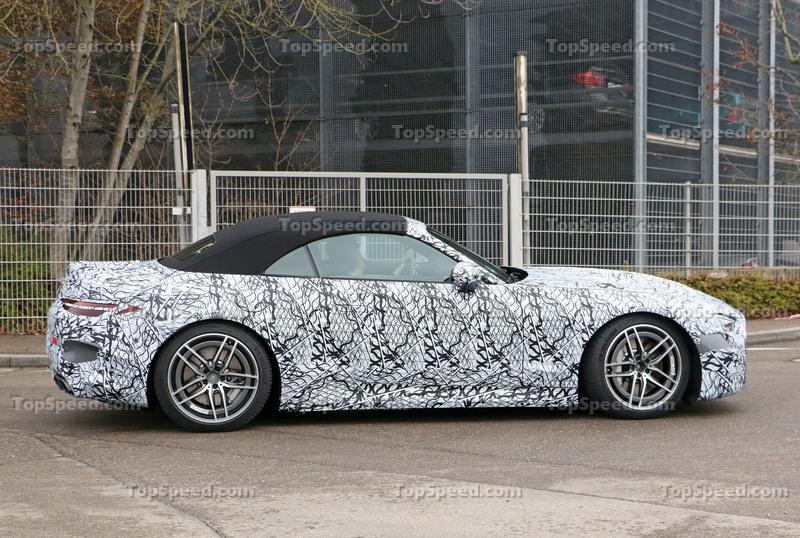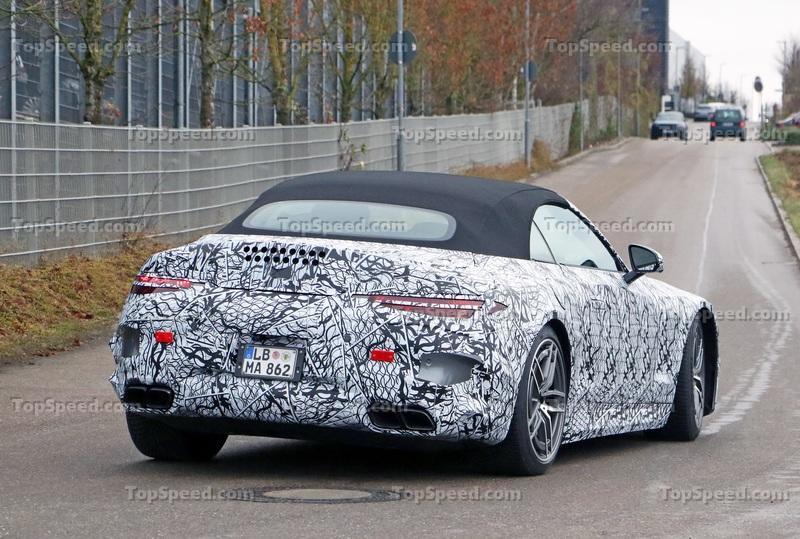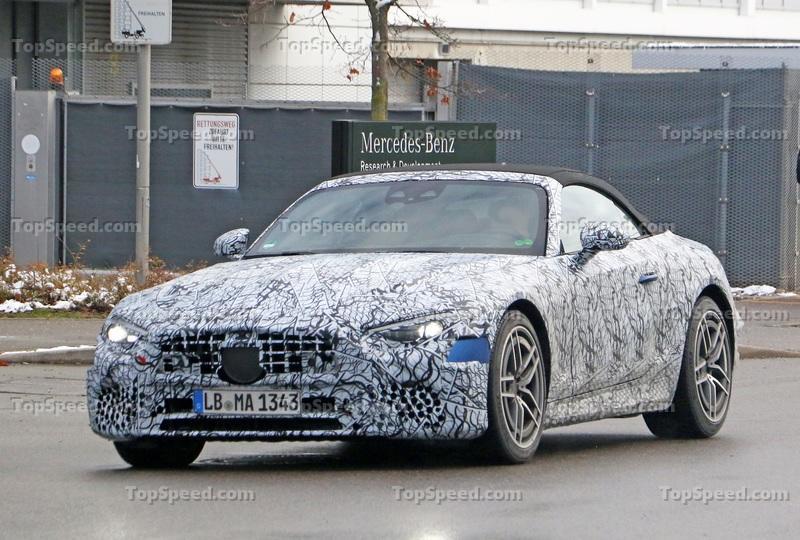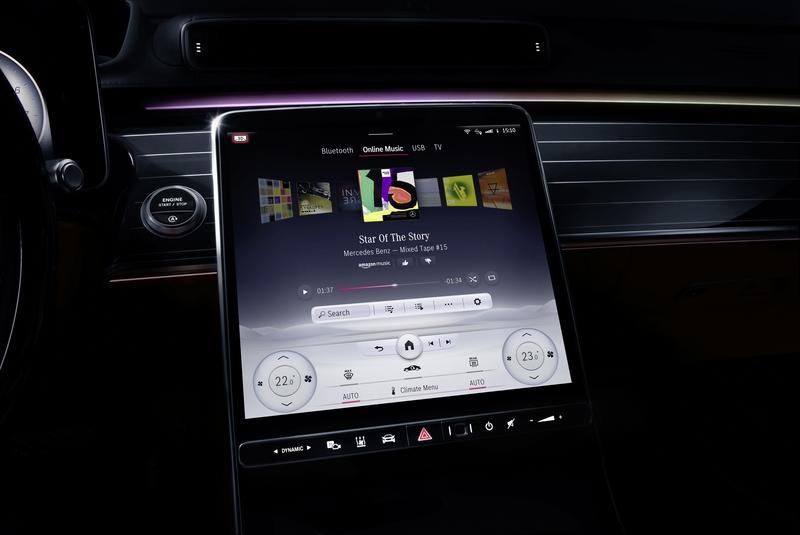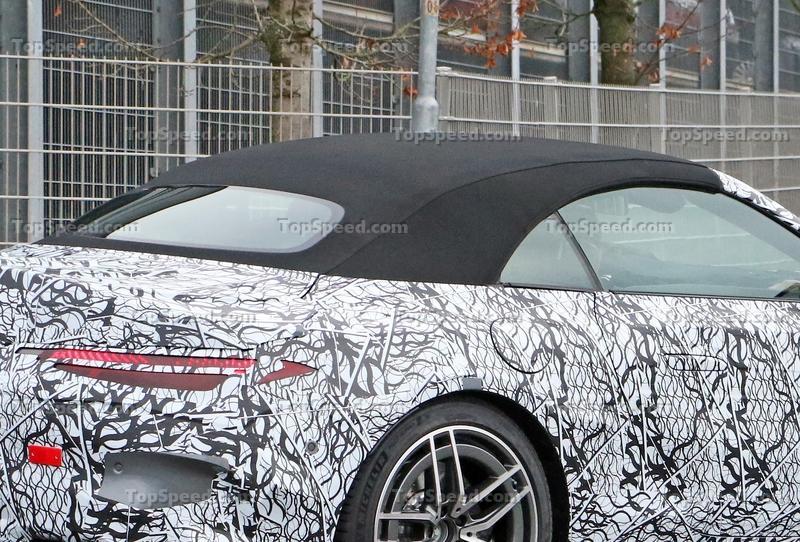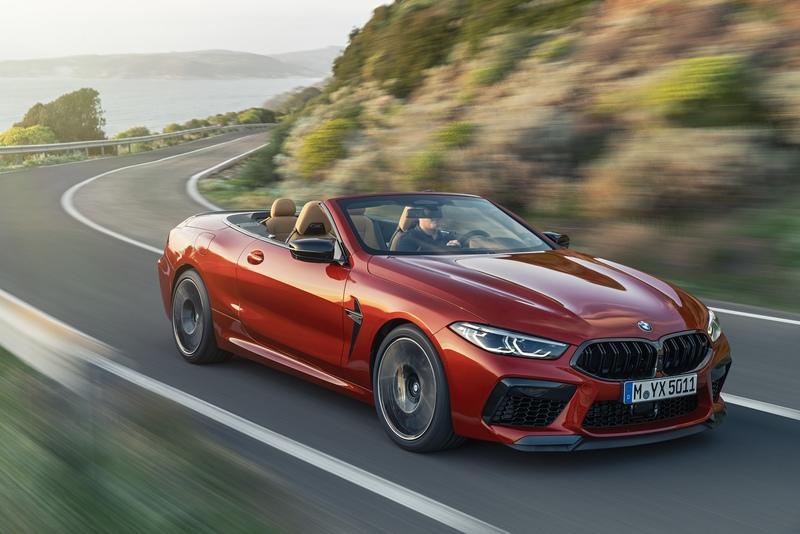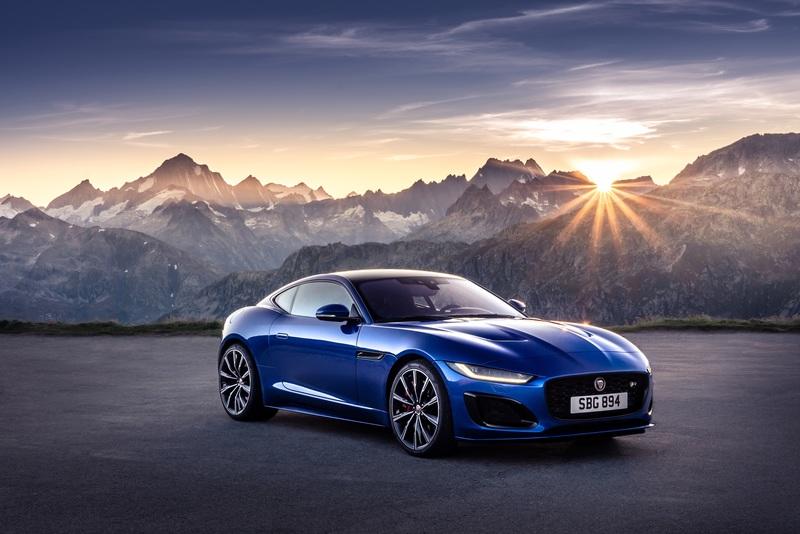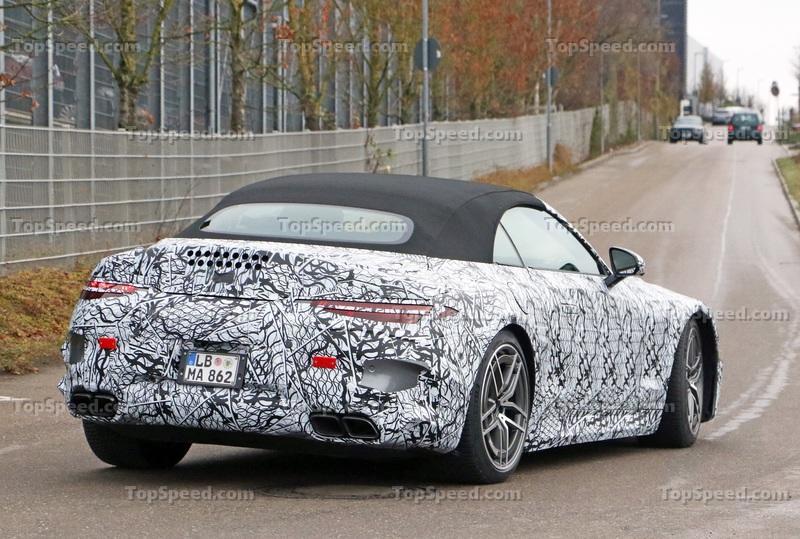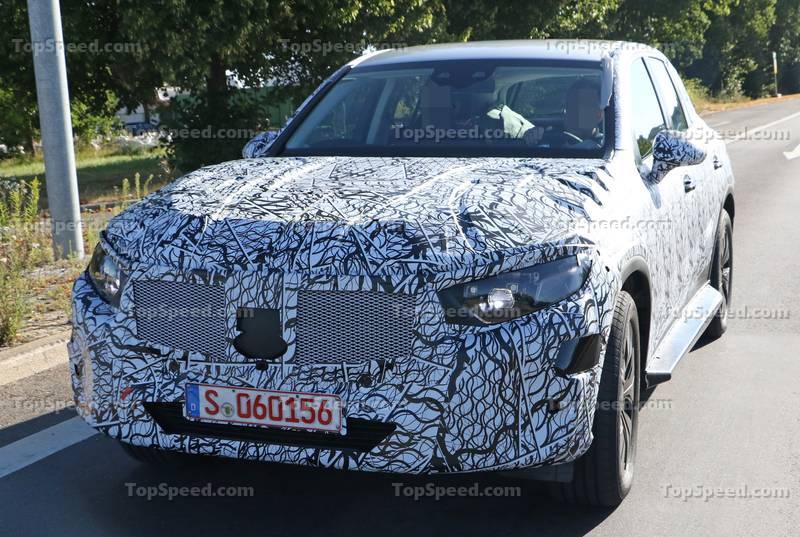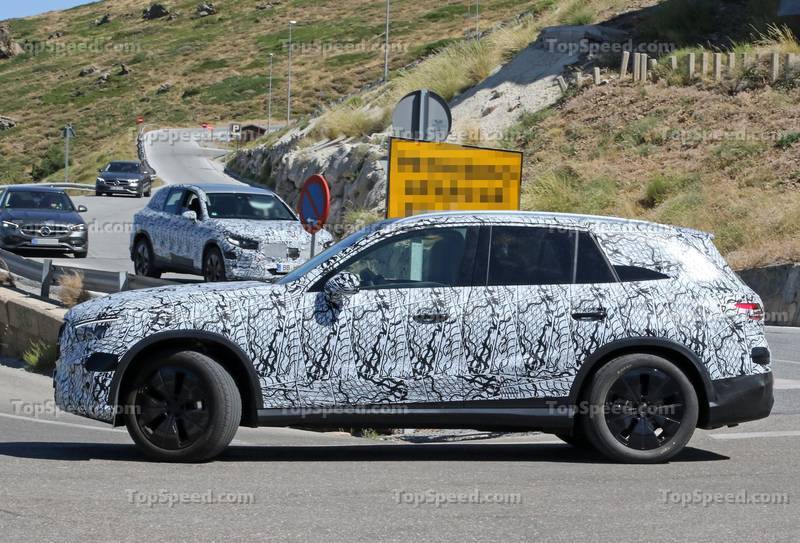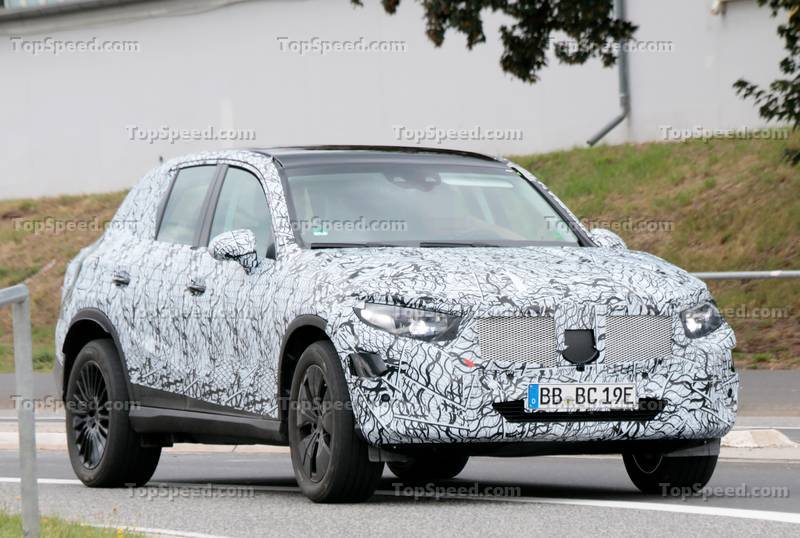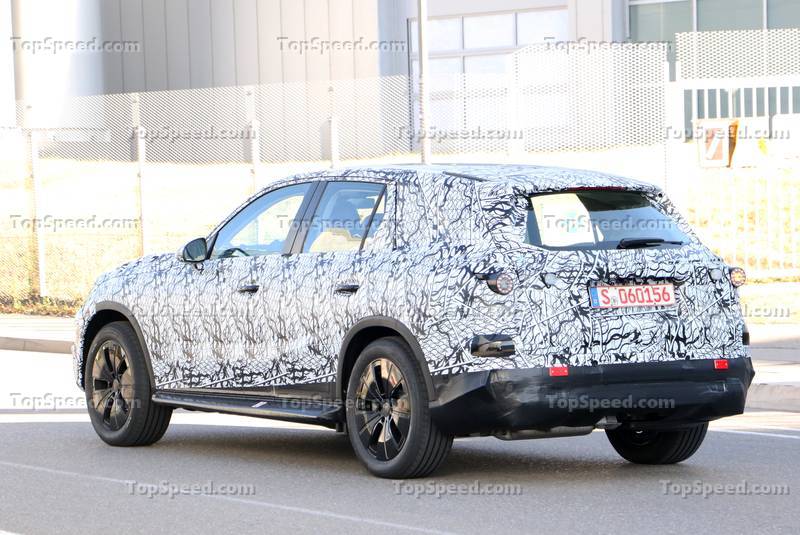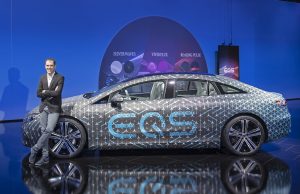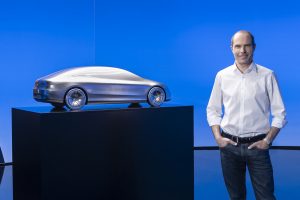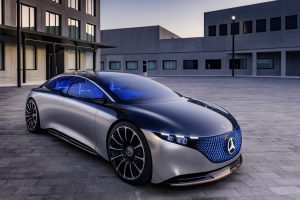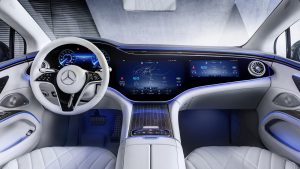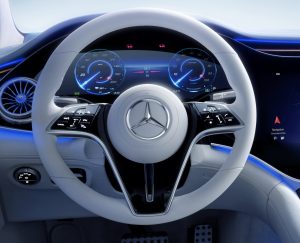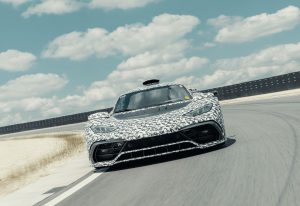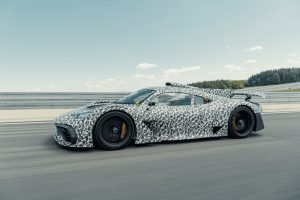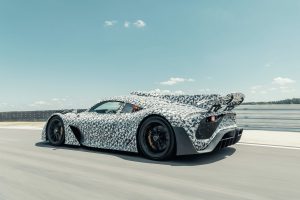Drivetrain and Performance
AMG boss Tobias Moers mentioned that the new SL is being engineered alongside the next-generation GT model and will be far sportier than previous generations of the SL.
Both models are going to use what is known internally as the Modular Sports Architecture (MSA). This makes the development process for both cars much quicker and cost-efficient. It also means that we can expect a much stiffer chassis, as well as a sportier suspension setup for the 2022 Mercedes AMG SL63. That said, the SL would still retain the GT aspect it has been known for.
A few engine options will be offered. The base one will include the 3.0-liter twin-turbo inline-six unit featured in the AMG GT53. It produces 435 horsepower at 6,100 rpm and 384 pound-feet (520 Nm) at 1,800 – 5,800 rpm. This should be enough for a 0 to 60 mph (97 km/h) sprint in around 4.2 seconds.
Of course, the 4.0-liter twin-turbo V-8 makes an appearance too. The first version will offer 522 horsepower at 6,250 rpm and 494 pound-feet (670 Nm) at 1,900 – 5,000 rpm. The sprint to 60 mph is expected to be in around 3.7 seconds.
As for the AMG SL63, it will offer a beefier version of the 4.0-liter V8, which produces 612 horsepower at 5,750 – 6,500 rpm and 627 pound-feet (850 Nm) at 2,500 – 4,500 rpm.
Although this version of the engine is a direct carry-over from the E63 AMG, it might receive even more power for the 2022 AMG SL63. We can expect a 0 to 60 mph time of around 3.2 seconds.
So far nothing is said about an SL65 version, which means we probably won’t get a V-12 version for 2022. Interestingly enough, there have been talks about an SL73 version appearing at some point. It’s expected to use the SL63 powertrain and a 204 horsepower electric motor. The total output will be 831 horsepower and at least 738 pound-feet (1,000 Nm). That said, it is unknown whether it will be called the AMG SL63e or the SL73 moniker will make a return.
Regardless of the engine choice, the SL will most probably utilize the nine-speed “Speedshift” automatic.
Exterior
The 2022 AMG SL63 is continuously teasing us with less and less camouflage. It seems the next generation of the two-seater has adopted the new Mercedes design, featuring a narrow more aggressive headlight design, as well as the narrower taillights stretching further towards the center of the car. In typical AMG fashion, we get quad-exhaust tips at the back, which are complemented by air extractors located above them.
After the latest “undressing” of the camouflage, the most notable feature of the 2022 Mercedes AMG SL63 is the fabric folding roof. The car will be offered exclusively as a roadster, and a folding hard-top will not be available. The trunk lid also accommodates what looks to be an integrated rear spoiler.
Interior
We also know the interior, which has the big screen in the middle known from the new S-Class. It will also find its way into the SL, only here it will be flanked by round air vents on both sides. That said, we already made a remark about how the center console of the upcoming SL bears a striking resemblance to the Star Wars character Jar Jar Binks. Hopefully, this will not deter buyers from enjoying the otherwise, graceful and highly-finished interior of the 2+2 roadster. The instrument cluster will be digital, as it’s now a standard, at least in the premium segment. That said, it will be mounted in a more classic housing.
The next AMG SL63 will also have small but usable back seats, so it will technically be a 2+2 seater. We last this layout in an SL back on the R129-generation.
Price
Obviously, it’s too early to talk about the cost of a 2022 Mercedes AMG SL63, as prices have not been announced yet. That said, we can get an idea of what we can expect if we look at the current model. Prices for the current AMG SL63 are around $140,000. Given that cars are gradually becoming more expensive, as more and more tech is being integrated into them, we can expect starting prices of around $150,000 for the 4.0-liter twin-turbo V-8 AMG SL63.
Competition
BMW M8 Convertible
We can’t really mention Mercedes without BMW, as the two brands have decades worth of rivalry. The M8 convertible will probably be the toughest opponent for the SL63, as they are not only in the same price and performance range but are both German. Its 4.4-liter twin-turbo V-8 is mated to an eight-speed automatic. It produces 600 horsepower or 625 in the M8 Competition, at 6,000 rpm. Peak torque is 553 pound-feet (750 Nm) at 1,800 – 5,600 rpm. This is enough for a 0 to 60 mph (97 km/h) sprint in as little as 3.1 seconds. The starting price for the M8 Convertible is $142,500.
Read our full review on the BMW M8 Convertible
Jaguar F-Type R
The F-Type is the spiritual successor to the 1960s E-Type, which automatically makes it a cool car. That and Jaguar is known to be the brand of choice for all movie villains. Although the facelifted model focuses more on the GT aspect of the vehicle, it still packs a punch. In the R version, you get an epic-sounding 5.0-liter supercharged V-8. It produces 575 horsepower at 6,500 rpm and 516 pound-feet (700 Nm) at 3,500 – 5,000 rpm. This is enough for a 0 to 60 mph time of 3.5 seconds. Power goes to all four wheels through an eight-speed “quick-shift” automatic. Price is where the F-Type R starts making a lot of sense, compared to its German rivals, as it starts from “just” $105,900.
Read our full review on the Jaguar F-Type R
Conclusion
Until now, the Mercedes SL has been known as a luxurious grand tourer, which can cover long distances in comfort, while you feast your senses on the elements. Those characteristics extended even to the more radical AMG SL63. With the new emphasis on performance, the 2022 AMG SL63 has to appeal not only to the elderly gentlemen with deep pockets like it was until now but also to those who still seek the thrill of the drive. Although a tall order, AMG has proven before that you can have a nice middle ground between comfort and performance.
